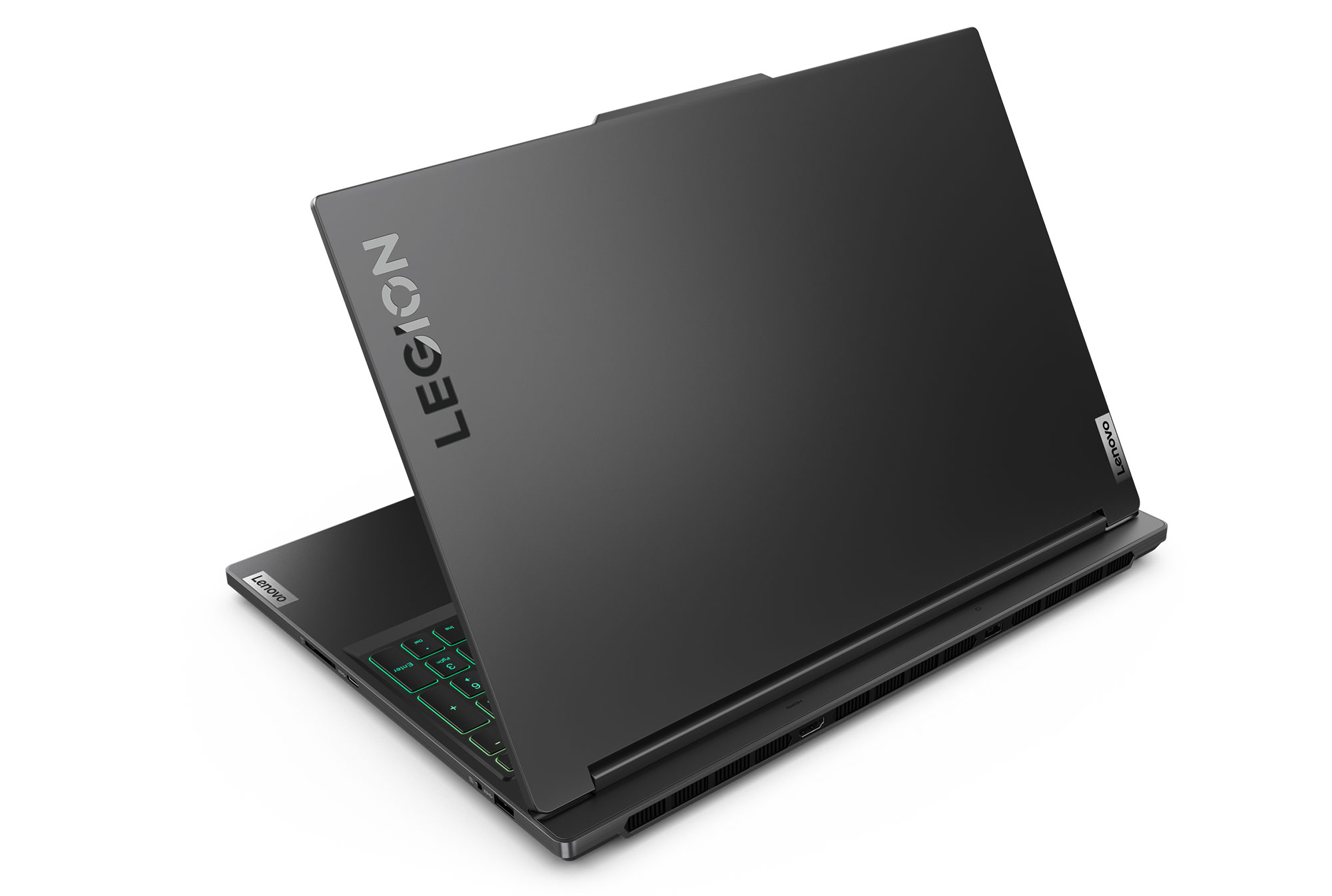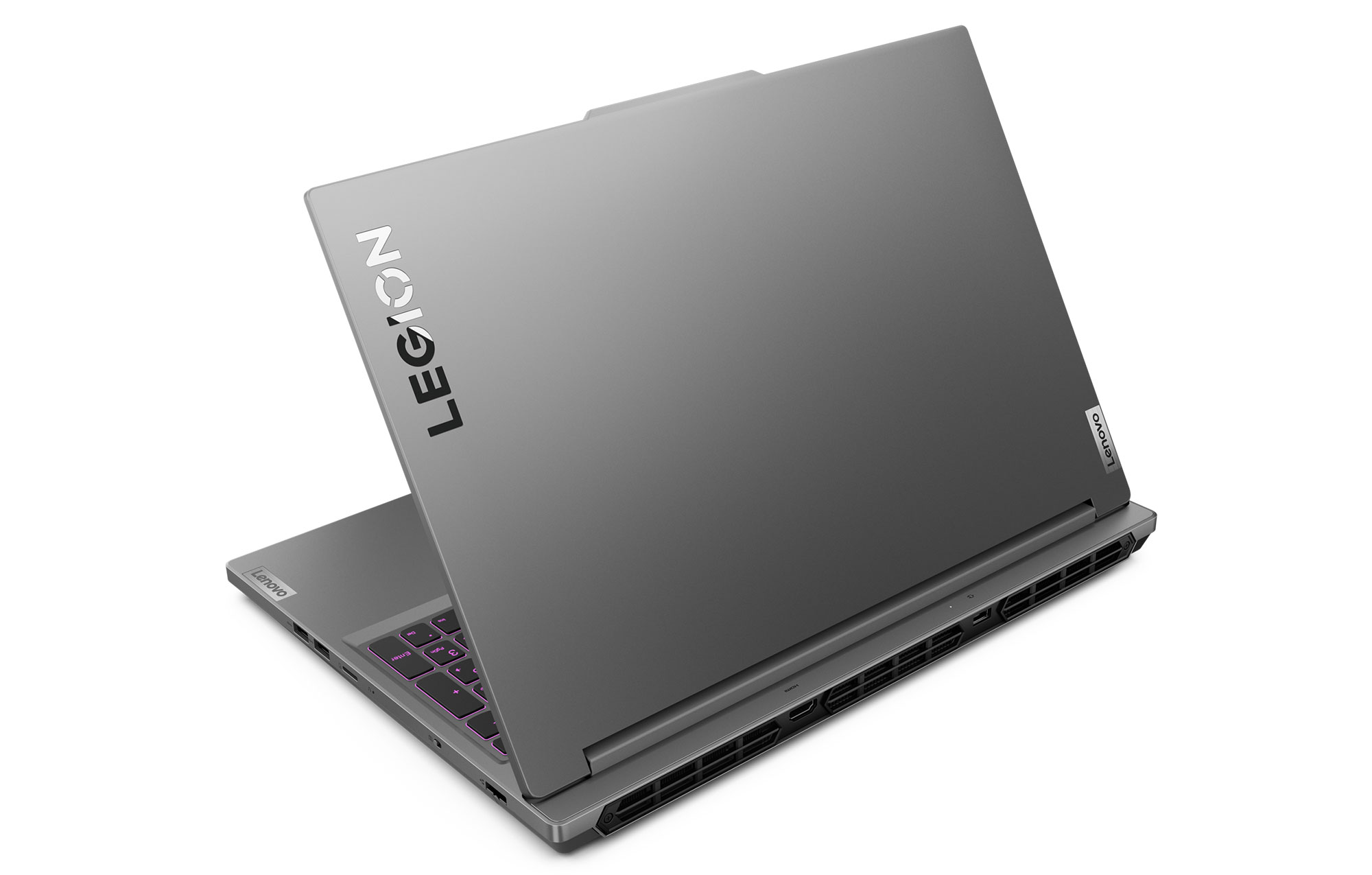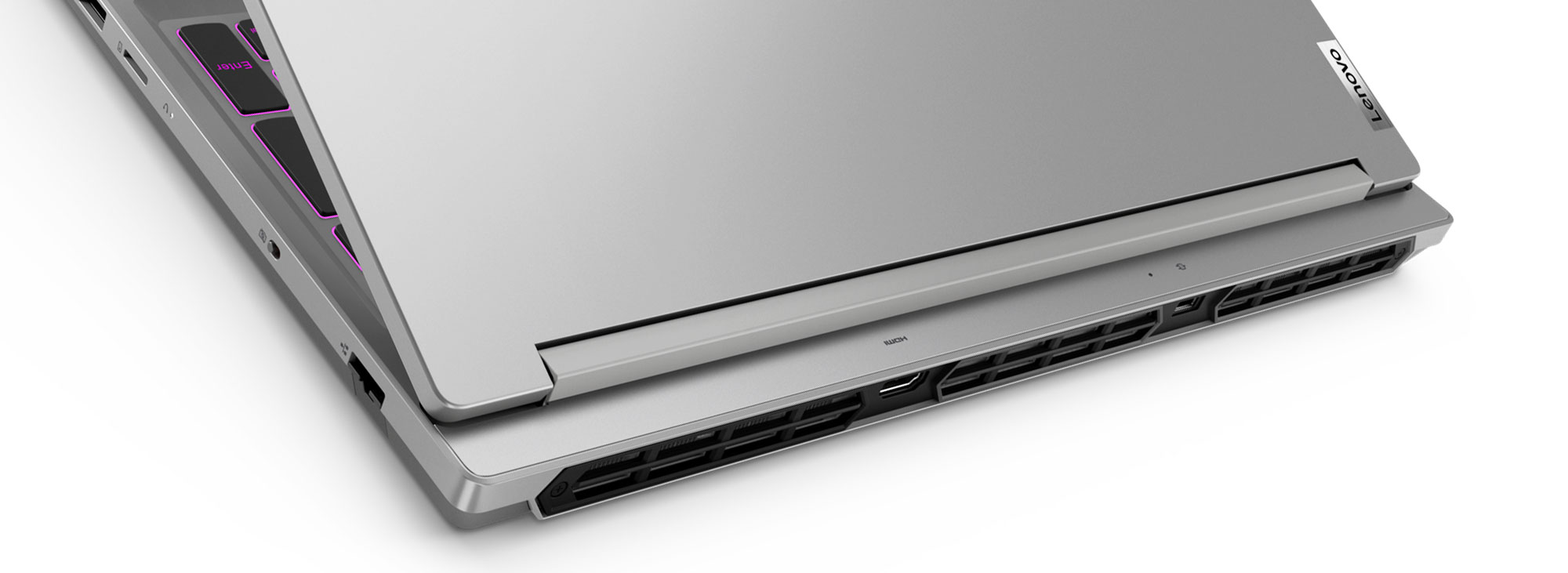The Lenovo Legion 7i and Legion 5i are new Legion lineups for 2024, although Lenovo’s lineup is becoming more and more confusing every year.
That’s because Lenovo offered a Legion 5 series of budget-tier mainstream laptops until 2022, which they discontinued in 2023, and now are bringing back in 2024, but as a different kind of laptop. Oh, and Lenovo also offers a Legion Slim 5 16-inch 2024 model, which is not slimmer than this regular 5i. Pff…
And that’s not all. There’s also this 2024 Legion 7i series, which seems to be a successor of the Slim 7i models available up to this year, but it no longer includes a Slim moniker in the name. Despite still being a slim design with similar features to the previous Legion Slim units. So the new Slim 5 series is no longer Slim, and the regular Legion 7i is slim but is no longer called Slim.
Anyway, naming aside, I expect these two models to be popular this year. On one side, the 2024 Legion 5i is an affordable mid-tier notebook meant for the average user looking for a mid-sized 16-inch laptop with few compromises and pretty good performance, while on the other, the 2024 Legion 7i is a more portable premium chassis with a few extra features, and similar capabilities and performance.
We’ll go over what to expect from each of these down below, but first, the specs sheet.
Lenovo Legion 7i gen 9, Legion 5i gen 9 – specs sheets, 2024 models
| 2024 Lenovo Legion 7i gen 9 | 2024 Lenovo Legion 5i gen 9 | |
| Screen | 16-inch, 16:10, non-touch, matte, IPS 3.2K 3200 x 2000 px, 165Hz 3ms, 450-nits, 100% DCI-P3 IPS QHD+ 2560 x 1600 px, 240Hz 3ms, 500-nits, 100% sRGB |
16-inch, 16:10, non-touch, matte, IPS QHD+ 2560 x 1600 px, 240 Hz 3ms, 500-nits, 100% sRGB |
| Processor | Intel 14th-gen Raptor Lake Refresh Core HX, up to Core i9-14900HX, 8PC+16Ec/32T LA3 Ai Chip |
Intel 14th-gen Raptor Lake Refresh Core HX, up to Core i9-14900HX, 8PC+16Ec/32T LA1 Ai Chip AMD Ryzen 8000 configurations available as well |
| Video | Intel UHD + RTX 4000 graphics, up to RTX 4070 8GB 115W with MUX, Advanced Optimus, GSync support |
|
| Memory | up to 32 GB DDR5-5600 OC (2x DIMMs), user configurable up to 64 | |
| Storage | 1x M.2 2280 slot | |
| Connectivity | up to Wi-Fi 7 and Bluetooth 5.4 | up to Wi-Fi 7 and Bluetooth 5.4, 1G Ethernet |
| Ports | left: 1x USB-C 3.2 with Thunderbolt 4.0, 1x USB-C 3.2 (no PD), 1x USB-A 3.2 gen2, audio jack right: 1x USB-A 3.2 gen1, 1x USB-C 3.2 (DP 1.4, PD 140W), SD card reader, eShutter back: DC-in, HDMI 2.1 |
left: 1x USB-C 3.2 (DP 1.4, PD 140W), 1x USB-C 3.2 (no PD), 1x USB-A 3.2 always on, audio jack right: 1x USB-A 3.2 gen1, microSD card reader, eShutter, LAN back: DC-in, HDMI 2.1 |
| Battery | 99.9 Wh, 230W charger | 80 Wh, 230W charger |
| Size | 357.7 mm or 14.08” (w) x 262.5 mm or 10.33″ (d) x 17.6 – 19.8 mm or .69″ – .78” (h) | 359.8 mm or 14.16” (w) x 262.3 mm or 10.33” (d) x 19.7-25.2 mm or .78-.99” (h) |
| Weight | from 2.25 kg (4.97 lbs) ?? + power brick | from 2.3 kg (5.1 lbs) + power brick |
| Extras | white or per-key RGB backlit keyboard, 1.5 mm travel, 2x 2W Harman stereo speakers, FHD webcam with eShutter and Tobii Horizon, available in Eclipse Black or Glacier White |
white or 4-zone RGB backlit keyboard, 1.5 mm travel, 2x 2W stereo speakers, FHD webcam with eShutter and Tobii Horizon, available in Luna Grey |
At least one thing’s not unusual, and that’s the fact that you’re getting a more premium design and more features with the Legion 7i model.
Among those, the Legion 7i is slimmer and lighter than the Legion 5i. It also offers better IO, with Thunderbolt 4.0 and USB-A 3.2 gen2 ports and a full-size SD card reader, as well as better inputs, with the per-key RGB keyboard implemented by Lenovo on their Legion 9i and Legion Pro 7i series.
And then, the Legion 7i is also available in two colors options, Eclipse Black and Glacier White. The one pictured in this article is the Eclipse Black variant, a color that’s now available across the board on the higher-tier Legion designs.
The mid-tier 5-class Legions are shades of gray this year, Luna Grey for the Legion 5i. This also lacks Thunderbolt and ditches the full SD slot for a micro SD slot instead. And because it is a thicker design, Lenovo also implemented a LAN port on it.
However, the inputs are more inline with the ones on the Legion Pro 5i, with the 4-zone RGB lighting and the somewhat cheaper-feeling keycaps.
You’re also given a nicer screen option for the Legion 7i series, alongside the standard 16-inch display offered over the last years on Legion laptops: IPS, 500-nits, 100% sRGB colors, 240Hz 3ms with overdrive. This standard panel is available on both the 7i and the 5i, but the 7i can also be configured with a 3.2K IPS panel with 450-nits of brightness and 100 DCI-P3 colors. So it’s not as bright, but paints higher-gamut colors, which means this panel would be the primary choice for creative use and any sort of color-accurate work. I’d stick with the regular IPS for gaming, though, due to its lower resolution and faster refresh.
Speaking of, these two devices seem to share a similar internal design and similar specs.
Both are built on 14th-gen Intel Raptor Lake Refresh Core HX processors, up to the Core i9-14900HX, with 2x RAM slots, a single M.2 SSD slot, and up to RTX 4070 115W dGPUs. I’m glad they stuck with upgradable RAM, but some of you might complain about having a single SSD slot in these 16-inch models.
Oh, and there’s Lenovo’s latest LA3 Ai chip generation of the 7i, but only an older L1A Ai chip on the 5i. For what these are worth, at least…
Overall, these devices are designed as lower-powered alternatives to the Legion Pros, which implement full-power RTX chips and beefier cooling. But at least on the GPU side, I expect these standard Legions to be competitive, since the 4050/4060/4070 chips rarely need to run higher than 110-120W even in full-power implementations to perform at their maximum frequencies. So they should run within a few percent of their max in these 115W implementations.
However, what I look forward to finding out in the reviews is how the thermal module copes with the hardware here. Unlike on other Legions, the cooling module on these devices only uses a rear-edge heatsink, with what looks like two fans and three radiators (or just two). That means there are no heatsinks on the left and right edges. Lenovo were scarce on details about the updated cooling and internal design on these laptops, so I’ll add up to the article once I figure out more.
What they do mention is that this new cooling design is called “Coldfront: Hyper” which supposedly forces hot air through a “channel-like hyperbaric chamber in the center of the laptop”. Furthermore, the D-panel is supposedly designed to prevent the hot-air being pushed out from mixing with the fresh air coming in, thus keeping the internals and the laptop cooler than on traditional designs. They also mention a 175W max TDP for the Legion 7i and 190W max TDP for the thicker Legion 5i, and I’d reckon this is crossload CPU+GPU power that they’re referring to. For comparison, the Legion Pro 9i is a 230W design, while the regular Pros are 190W designs. We’ll know more once we get to review these.
Regardless, this whole cooling aspect is a very important detail, especially on the slimmer Legion 7i, as Legions tend to run quite uncomfortably warm to the touch with sustained loads. So you should understand what to expect from this one before buying it.
That aside, there are also some differences in battery sizes and audio between the two, once more favoring the Legion 7i. This one implements a 99 Wh battery and stereo Harman Kardon speakers, while the Legion 5i gets an 80 Wh battery and regular stereo speakers.
In conclusion, my attention is mostly set on the Lenovo Legion 7i series, as a potentially worthy follow-up of the popular Legion Slim 7i series of the last few years. It seems to offer the design, ergonomics and functionality expected from a premium portable notebook, I just hope the updated cooling module is up to the task in this chassis.
The Legion 5i should be interesting as well if competitively priced, which I expect it will be, as Lenovo’s mainstream model alongside the AMD-based alternative that they’re calling the Legion Slim 5 (for some reason that I fail to understand) and the lower specced variants of the Legion Pro 5i.
Both these Legions are expected in stores around March/April, with the Legion 5i gen9 starting at $1399, and the Legion 7i gen9 starting at $2099. Regardless, Lenovo’s MSRP prices don’t mean much, as they’re always hit with all sort of discounts and sales offers. So expect both of these to be competitive in their niches.
That’s about it for now, but look forward to our reviews later in the year. In the meantime, get in touch in the comment section down below and let me know what you think about these new Legion 5i and Legion 7i 2024 models.














